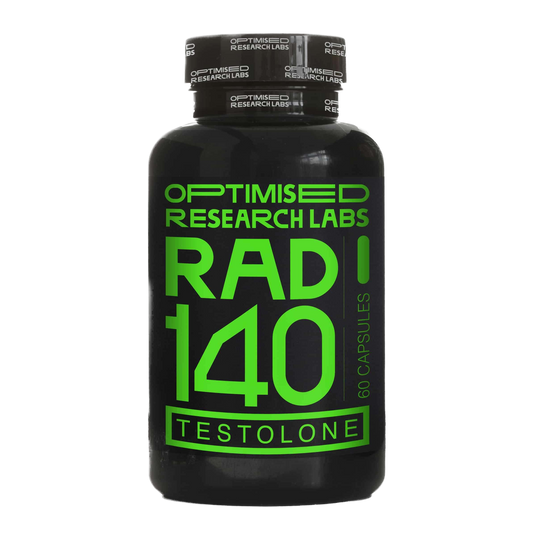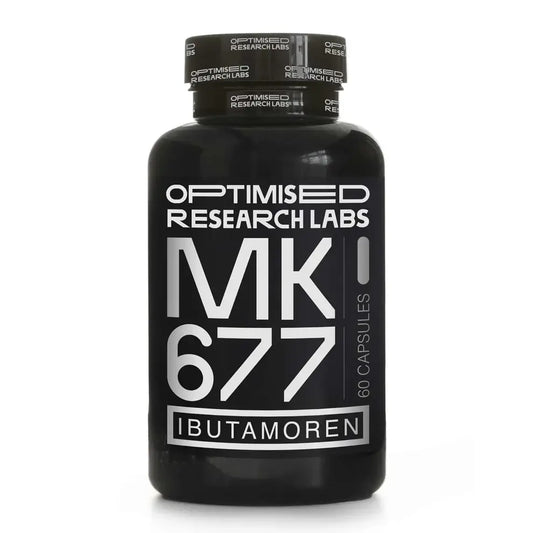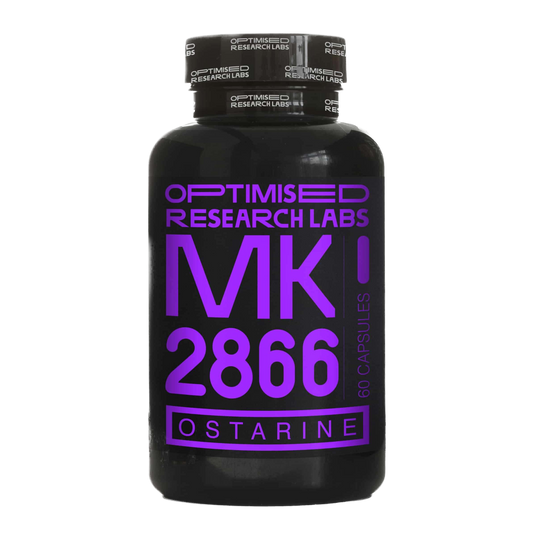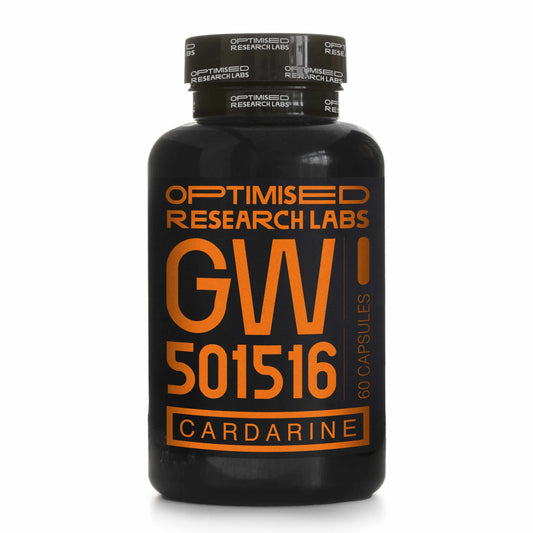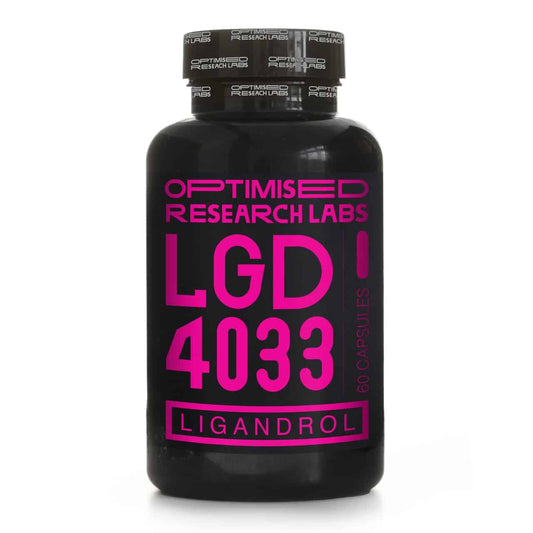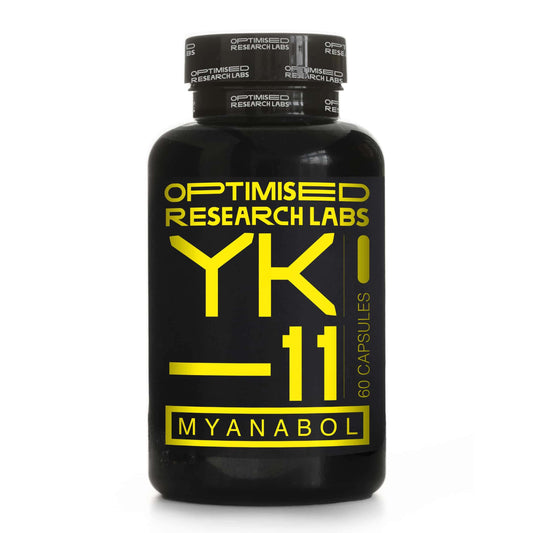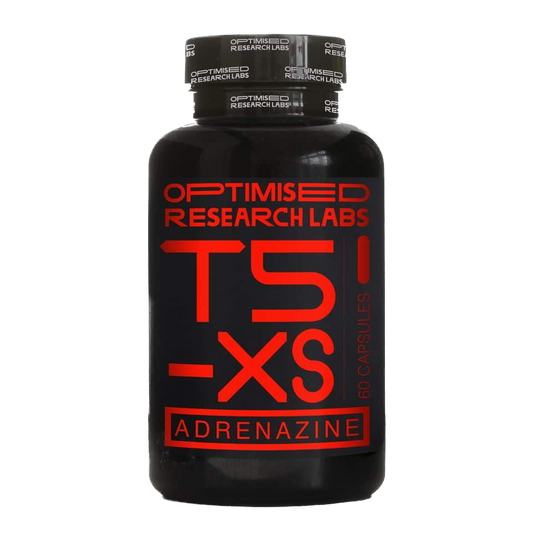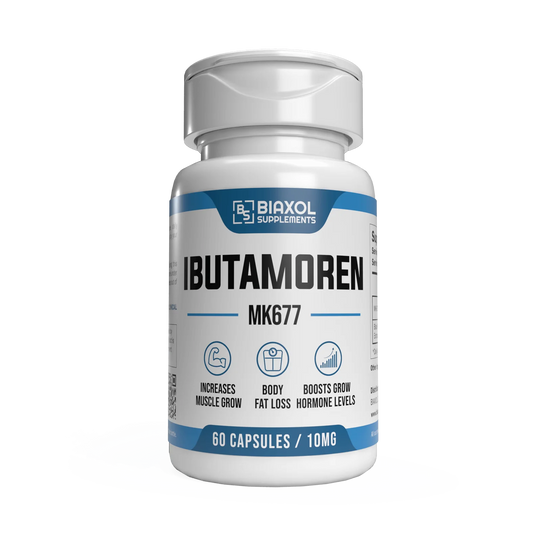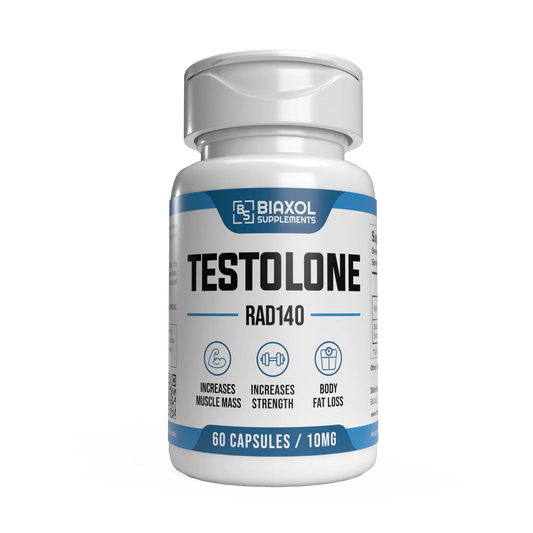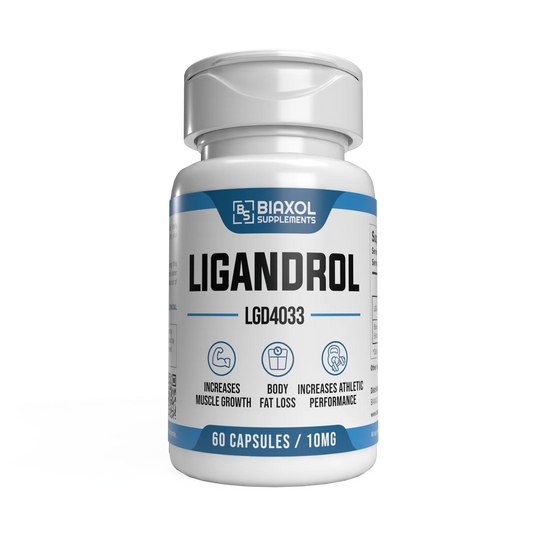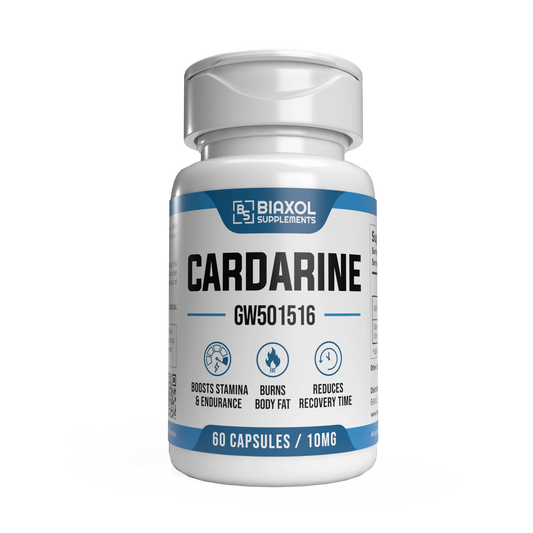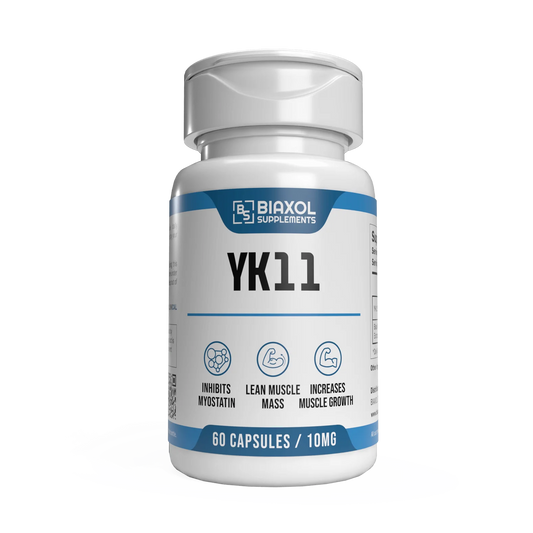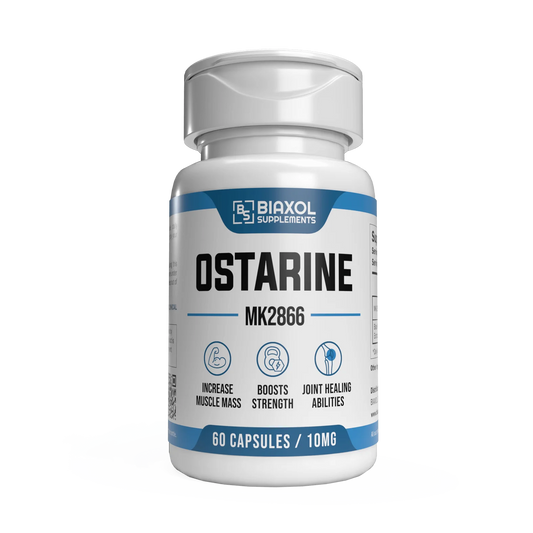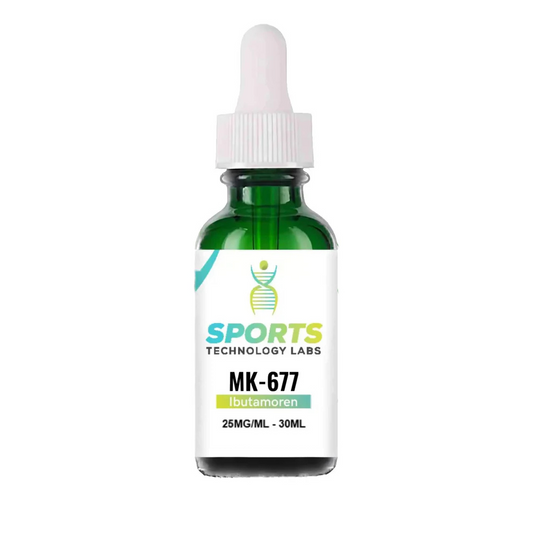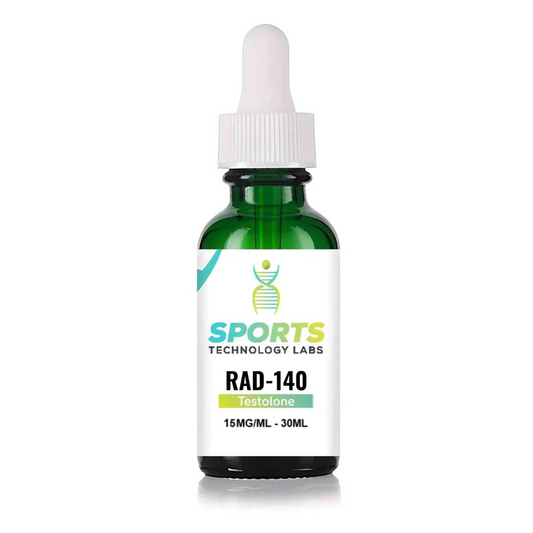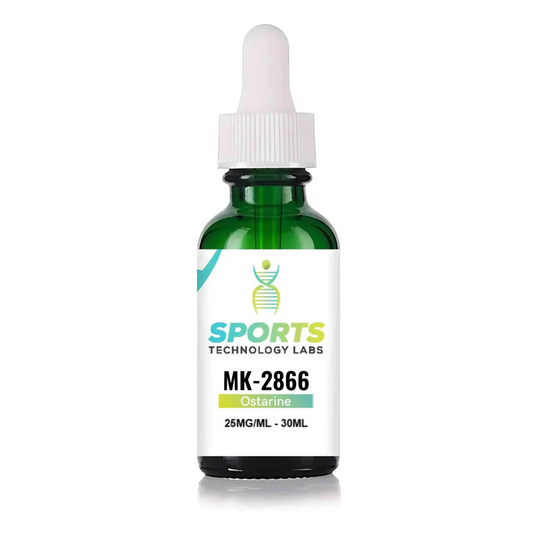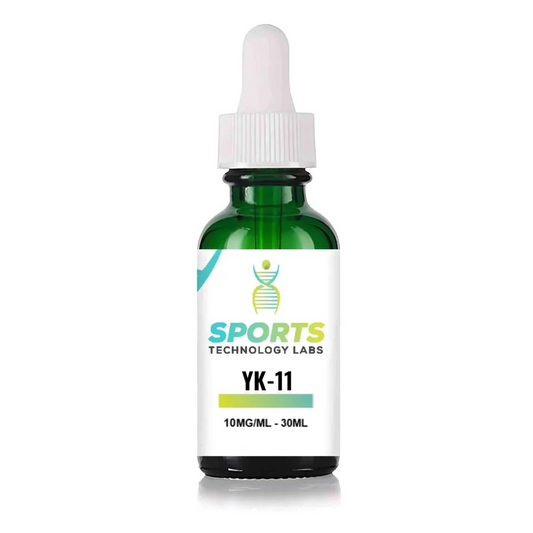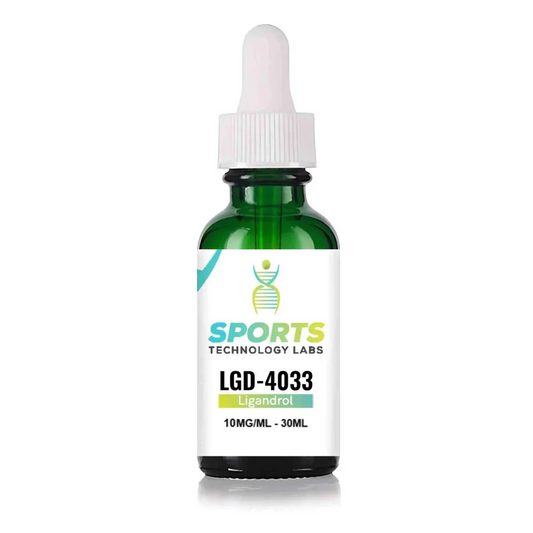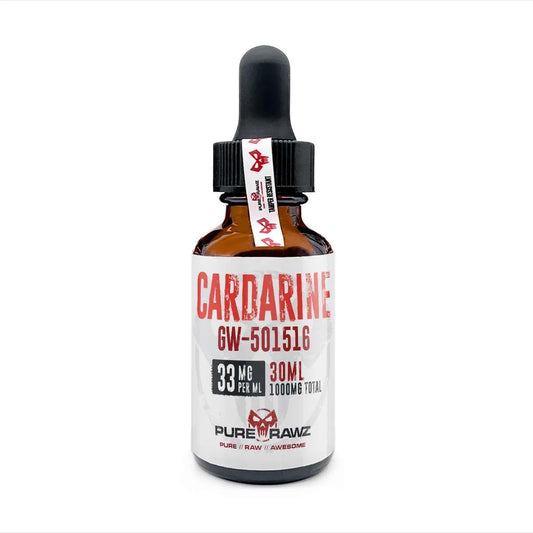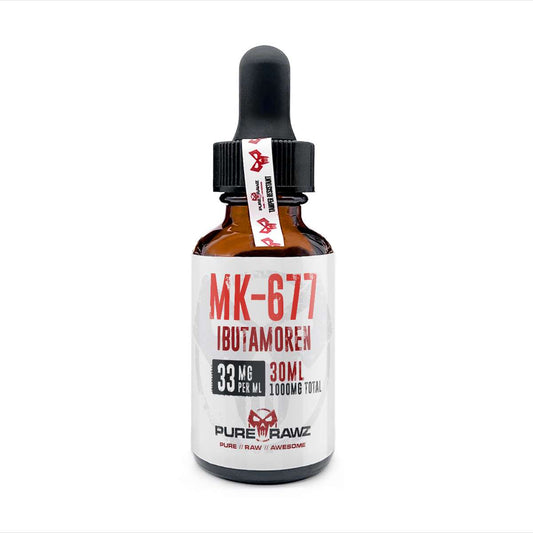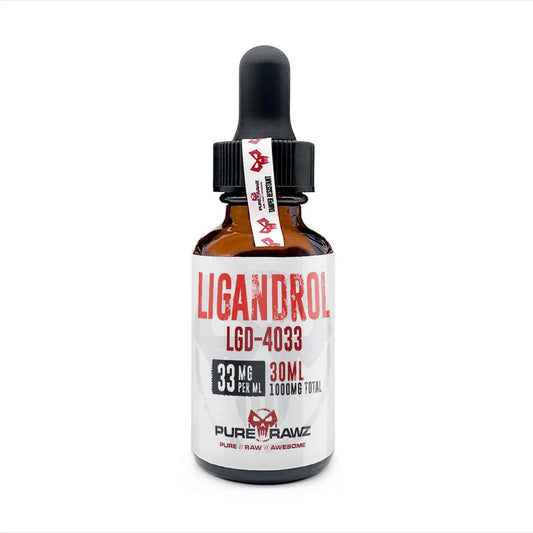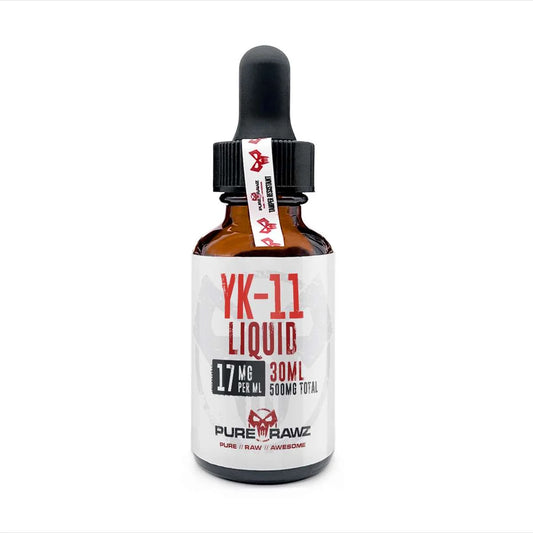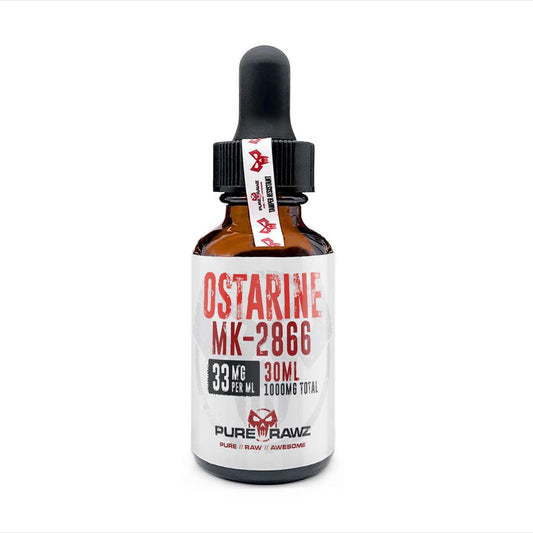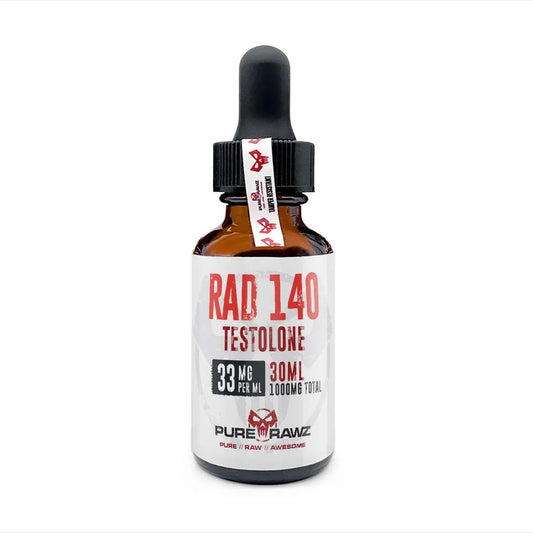How Do SARMs Work?

Introduction: Do SARMs Work?
Have you ever wondered how Selective Androgen Receptor Modulators (SARMs) like MK 2866 or RAD 140 work and how researchers study their effects?
Understanding the basic impact of SARMs on androgen receptors is crucial for starting research in this area. Recent studies suggest that SARMs could be key to future treatments for cancer, muscle wasting, and more.
Often mistaken for anabolic steroids, SARMs have suffered from unregulated studies and counterfeit sales online. However, this underscores the need for high-quality research. If you're curious about SARMs and their mechanisms, we have a comprehensive guide for you.
In our article, we discuss what SARMs are, how they work, and what current research is revealing. Keep reading for more information!
What Are SARMs?
What does SARMs stand for? The acronym means Selective Androgen Receptor Modulators. They are different from androgenic steroids.
SARMs selectively bind to androgen receptors, triggering anabolic activity. Unlike anabolic steroids, research indicates that SARMs have fewer androgenic side effects, better selectivity, and reduced estrogen conversion.
How Do SARMs work?
SARMs act as agonists and antagonists on androgen receptors throughout the body. Unlike naturally occurring chemicals, SARMs are chemically engineered to have tissue-specific functions, resulting in a variety of effects.
These novel compounds show promise for future androgen treatments, but their potential health risks are still unknown.
Androgen receptors are found in many tissues outside reproductive organs, and they play a key role in male sexual development, though they are also present in females.
Testosterone hormone replacement has several limitations, which prompted research into SARMs. For instance, testosterone and most androgen therapies can cause virilization side effects and are typically administered via injection rather than orally. Research suggests SARMs could offer a non-steroidal, orally bioavailable alternative. However, SARMs carry several risks and are not approved for human consumption due to:
- Testicular atrophy
- Dyslipidemia
- Gynecomastia
- Liver Toxicity and liver damage
s SARMs bind to receptors and activate specific cellular functions, they are not metabolized to dihydrotestosterone (DHT) or estrogen. This limits androgenic and estrogenic side effects.
Current SARMs Findings and Current Diseases Under Study
Most researchers understand how SARMs can alter receptors targeting bone and muscle growth. However, there are several other potential benefits revolving around their tissue-selective manner and specificity function.
Recent Phase 1 clinical trials found RAD-140 had an acceptable safety profile for anti tumor activity in patients with metastatic breast cancer. Additionally, prostate cancer groups also showed preliminary data suggesting a safe, alternative treatment. SARMs are also undergoing or have completed early trials for:
- Stress urinary incontinence
- Sarcopenia
- Lung cancer
- Alzheimer’s disease
- Metabolism
Long-term effects are largely unknown. Many trials have not surpassed Phase II clinical trials, limiting information regarding efficacy. More clinical studies on diseases such as breast cancer must be conducted to validate these findings. Some common adverse effects seen in trials are headache, nausea, and muscle pain.
Do SARMs Work; What Are Researchers Saying?
Questions often arise about "how fast do SARMs work?" Unfortunately, many answers come from unreliable internet sources since SARMs are not FDA-approved for human use and are not considered dietary supplements. Researchers and scientists need to conduct more studies to fully understand their effects and adverse reactions.
This reliance on anecdotal results has compromised reliability and increased the risk of toxicity, including liver damage, as evidenced by a recent case study where a 32-year-old male consumed Ligandrol without medical supervision for two weeks.
Different SARMs may be more effective for certain purposes, such as Cardarine vs. SR9009, but there is insufficient comprehensive and reliable research to determine how quickly and effectively SARMs work for test subjects.
Your Next SARMs Research
SARMs are similar to testosterone and other androgen modalities, but they are not anabolic steroids. Yet, according to the research above, they could hold the key to fewer side effects and assist in diseases such as assisting muscle growth in those with sarcopenia. Some side effects still under testing are how they potentially affect insulin sensitivity and how SARMs affect liver function.
Since answering the questions surrounding SARMs and how they work is still in its infancy, now is the time to start your research. For the highest quality results, you need a reliable SARMs supplier. Ensure you are not buying from a dietary supplement industry, as these are not dietary supplements and are not for HC. SARMs are research chemicals.
At Smart Sarms, we sell an extensive range of SARMs liquids and capsules brands for various research institutes


